Original price was: £174.99.£157.49Current price is: £157.49.
Out of stock Product is not in our store or currently available from our supplier. The item can still be ordered but lead times will vary.
Description
Description
HK Models Dornier
Background:
The Dornier Do 335 Pfeil (“Arrow”) was a World War II heavy fighter. The Pfeil’s performance was much better than other twin-engine designs due to its unique “push-pull” layout and the much lower drag of the in-line alignment of the two engines.
The first 10 Do 335 A-0s were delivered for testing in May. By late 1944, the Do 335 A-1 was on the production line. This was similar to the A-0 but with the uprated DB 603 E-1 engines and two underwing hardpoints for additional bombs, drop tanks or guns. It was capable of a maximum speed of 763 km/h (474 mph) at 6,500 m (21,300 ft) with MW 50 boost, or 686 km/h (426 mph) without boost, and able to climb to 8,000 m (26,250 ft) in under 15 minutes. Even with one engine out, it could reach about 563 km/h (350 mph). Delivery commenced in January 1945.
When the United States Army overran the Oberpfaffenhofen factory in late April 1945, only 11 Do 335 A-1 single-seat fighter-bombers and two Do 335 A-12 trainers had been completed.
French ace Pierre Clostermann claimed the first Allied combat encounter with a Pfeil in April 1945. In his book The Big Show (pages 273-274) he describes leading a flight of four Hawker Tempests from No. 3 Squadron RAF over northern Germany, when he intercepted a lone Do 335 flying at maximum speed at treetop level. Detecting the British aircraft, the German pilot reversed course to evade. Despite the Tempest’s considerable low altitude speed, the RAF fighters were not able to catch up or even get into firing position.
The Dornier Do 335 B-2 was a proposed single-seat destroyer aircraft. Fitted with 2 additional MK 103 in the wings and two 300 litre (80 US gal) auxiliary fuel tanks.
Two Do 335 B prototypes, M13 and M14, were assembled and flown.*
First look:
HK Models has released three subjects to date – a Meteor Mk.4, A B-17G Flying Fortress and three variants of the B-25 Mitchell – all in 1/32 scale. These have all been impressive kits with crisp, fine surface detail.
HK Models’ latest release is also their first Luftwaffe offering – the Dornier Do 335 B-2. It is important to note that the Do 335 B was not a “what if” paper project. At least two Do 335 B prototypes flew – M13 and M14 – and HK Models offers different parts and markings to accurately build either aircraft straight from the box.
This kit comprises 301 parts in grey plastic, eight parts in clear plastic, two white metal ingots and five photo-etched parts on a single fret. Markings for three schemes are included on the decal sheet.
This is a long-run injection-moulded plastic kit with all the little luxuries that modellers enjoy, including locating pins, slots and tabs. The quality of moulding is extremely high. I could not find any sink marks, and there are no obvious ejector pin circles in areas that will be visible on the completed model. Sprue attachment points are quite modest too, considering the large size of some of the parts. Removal of parts from the sprues and cleanup should be quick and easy.
It would appear that the basic set of sprues will be used to deliver the entire Do 335 A and B family, with separate inserts for the fuselage spine, the wing leading edges and the wing tips.
Surface detail is first class. Larger areas feature beautifully fine rows of rivets, with restrained use of crisp and finely recessed panel lines. Different sizes are represented too, including recessed circles for larger fasteners and even slotted screws. Raised structural features are also present where appropriate.
Background:
The Dornier Do 335 Pfeil (“Arrow”) was a World War II heavy fighter. The Pfeil’s performance was much better than other twin-engine designs due to its unique “push-pull” layout and the much lower drag of the in-line alignment of the two engines.
The first 10 Do 335 A-0s were delivered for testing in May. By late 1944, the Do 335 A-1 was on the production line. This was similar to the A-0 but with the uprated DB 603 E-1 engines and two underwing hardpoints for additional bombs, drop tanks or guns. It was capable of a maximum speed of 763 km/h (474 mph) at 6,500 m (21,300 ft) with MW 50 boost, or 686 km/h (426 mph) without boost, and able to climb to 8,000 m (26,250 ft) in under 15 minutes. Even with one engine out, it could reach about 563 km/h (350 mph). Delivery commenced in January 1945.
When the United States Army overran the Oberpfaffenhofen factory in late April 1945, only 11 Do 335 A-1 single-seat fighter-bombers and two Do 335 A-12 trainers had been completed.
French ace Pierre Clostermann claimed the first Allied combat encounter with a Pfeil in April 1945. In his book The Big Show (pages 273-274) he describes leading a flight of four Hawker Tempests from No. 3 Squadron RAF over northern Germany, when he intercepted a lone Do 335 flying at maximum speed at treetop level. Detecting the British aircraft, the German pilot reversed course to evade. Despite the Tempest’s considerable low altitude speed, the RAF fighters were not able to catch up or even get into firing position.
The Dornier Do 335 B-2 was a proposed single-seat destroyer aircraft. Fitted with 2 additional MK 103 in the wings and two 300 litre (80 US gal) auxiliary fuel tanks.
Two Do 335 B prototypes, M13 and M14, were assembled and flown.*
HK Models Dornier
Specification
Specification
| Brand | HK Models |
|---|---|
| Scale | 1:32 |
Reviews (0)
Only logged in customers who have purchased this product may leave a review.







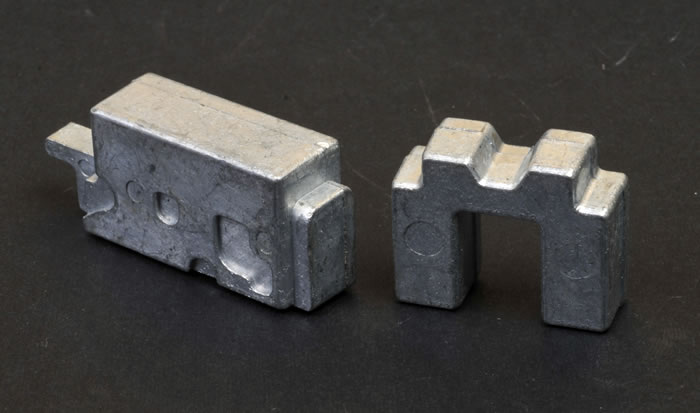

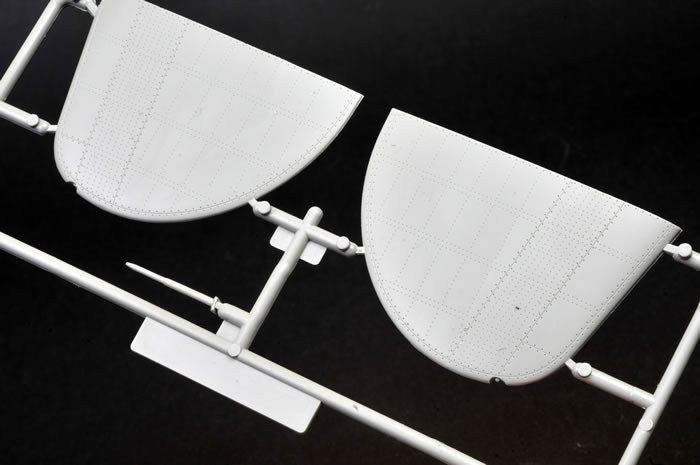

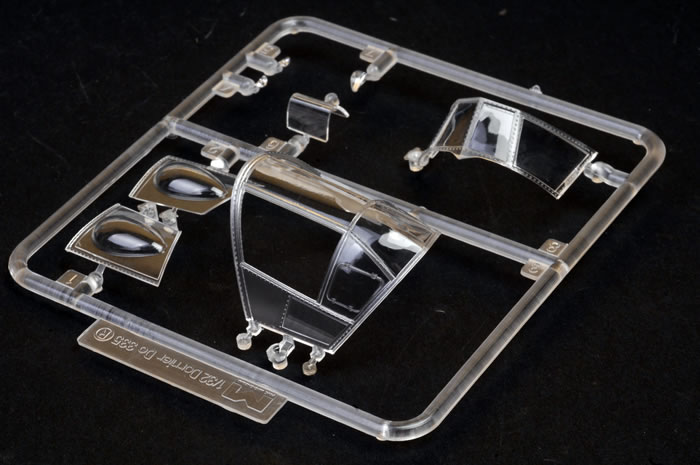
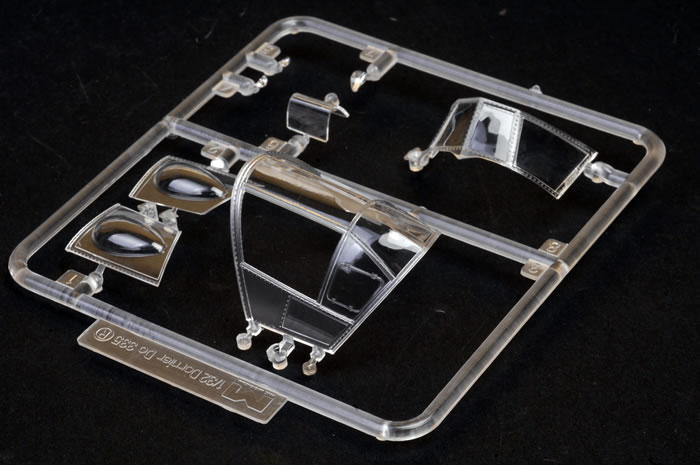

.jpg)
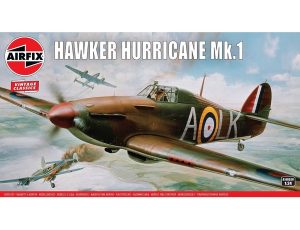



Reviews
There are no reviews yet.